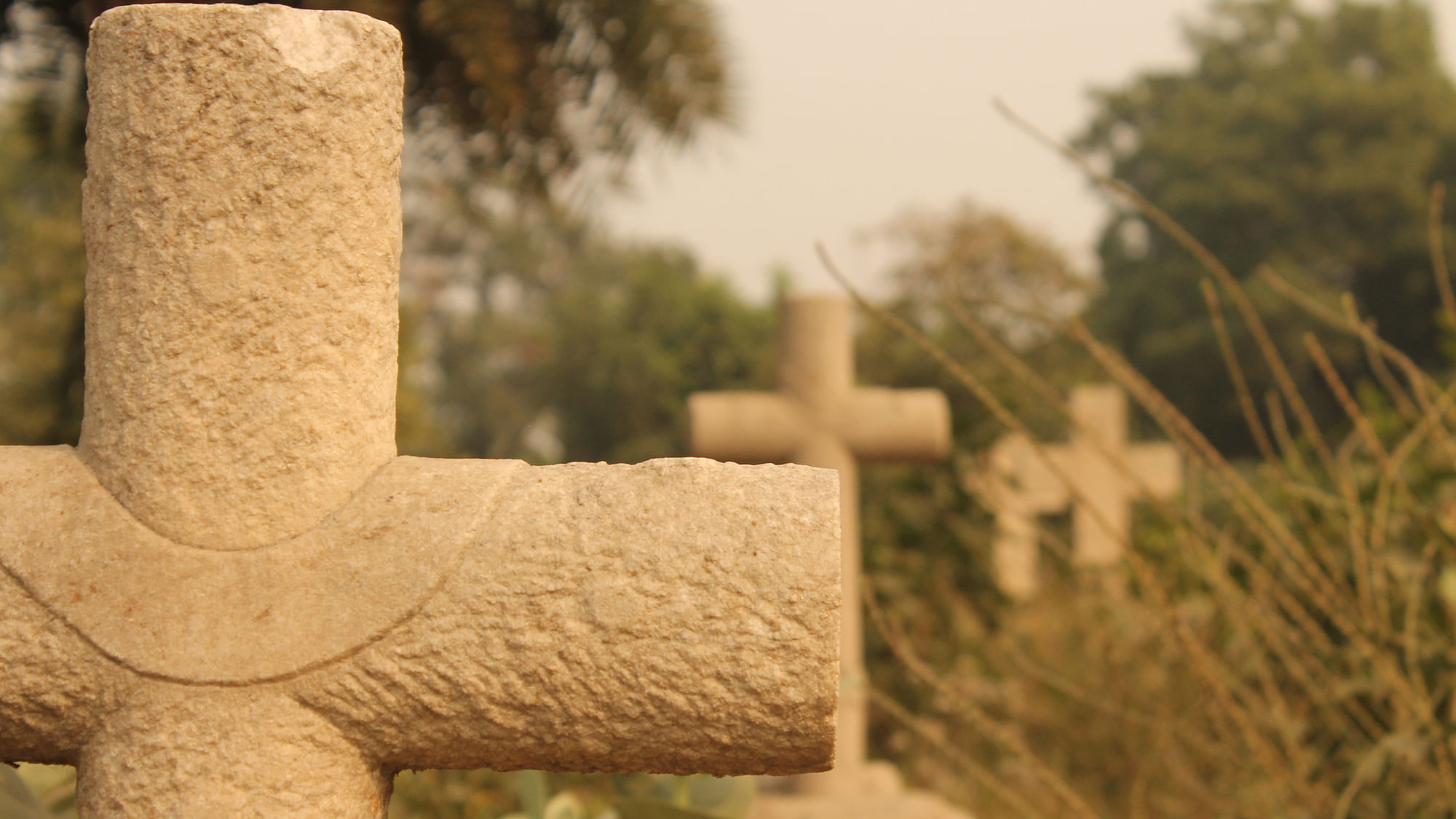In Pictures: Nicholson Cemetery - a Piece of Forgotten History
A photo essay on Nicholson Cemetery in Delhi.

A quaint sleepy graveyard lies snuggled in one corner of Kashmere Gate–a piece of forgotten history. This is the Nicholson Graveyard, a little Christian cemetery that was established in 1857. The cemetery is named after John Nicholson, the Brigadier General of the Bengal Native Infantry Unit, who played a cardinal role in squashing the Indian sepoys’ mutiny in the Rebellion of 1857. He had punished the Indian mutineers with great severity and is famously quoted to have said, “I would inflict the most excruciating tortures I could think of on them with a perfectly easy conscience...flaying alive, impaling or burning.”
Nicholson is also known for leading an infantry unit in the Indo-Afghan War of 1839-1842 and later effortlessly thwarting the forces of Bahadur Shah Zafar, the last Mughal king.
Although he is known for his merciless ways in Indian history, the Nicholson cemetery is flooded with serenity.
The cemetery has a broad arrangement. The older graves lay partially hidden by an outgrowth of wild vegetation, while the newer graves are arranged in neat rows in a different part of the cemetery.
One of the oldest graves dates back to 1926, while some cement and marble structures of the older graves have cracks through them. The new graves are mostly maintained by friends and relatives of the departed who pay a meagre sum to the cemetery committee on a monthly basis. The caretaker of the cemetery, a shy middle-aged man, meticulously sweeps the dust away from the gravestones every other day.
On November 2, friends and relatives of the deceased celebrated All Souls Day. Almost all the graves, whether old or new, marked or unmarked have flowers placed on them. Some are elaborate decorations, others have a single flower. Through the year, the older graves lie neglected; some gravestones are marked with the names of British soldiers whose families are long gone from Delhi. But on All Souls Day, they too get an offering of flowers.
Some tombstones are curiously ornamental with various biblical symbols and quotes from the Bible inscripted on them, such as “Jesus says, Weep Not” and “Thy Will Be Done”. Others have little poems about the deceased describing their personalities or even their deaths.
(At The Quint, we are answerable only to our audience. Play an active role in shaping our journalism by becoming a member. Because the truth is worth it.)